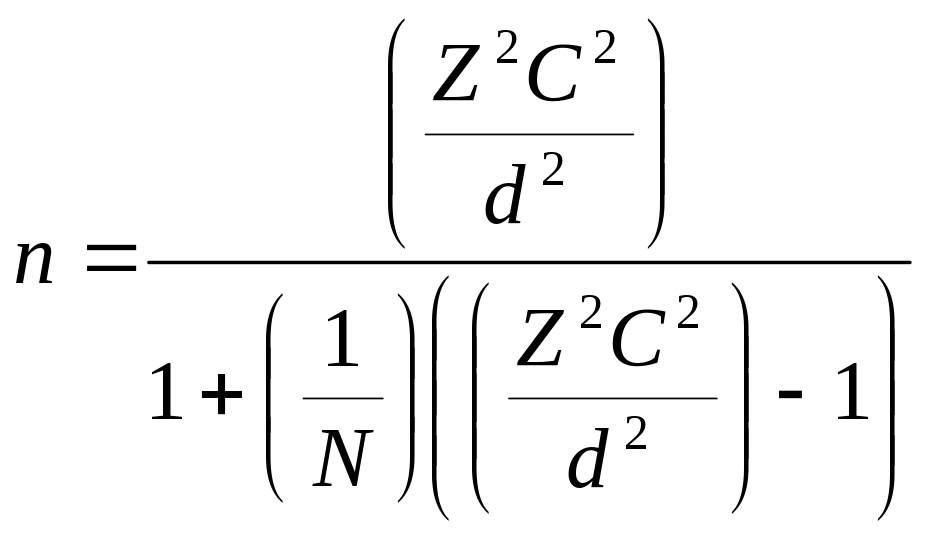Part B HPMS 2019
Part B HPMS 2019.doc
Highway Performance Monitoring System (HPMS)
OMB: 2125-0028
SUPPORTING STATEMENT
Part B. Collections of Information Employing Statistical Methods.
1. Describe potential respondent universe and any sampling selection method to be used.
The respondent universe for annual HPMS data collection is ultimately each of the State transportation agencies; each year by June 15, the States (in addition to the District of Columbia and Puerto Rico) are required to submit their HPMS data to FHWA Headquarters in compliance with the procedures and coding contained within the HPMS Field Manual. These data are mostly collected by State and/or local agencies. A random sampling technique is used for certain various data items which are not needed on a universe basis and is limited to all but the rural minor collector and rural and urban local functional systems. This may be considered the universe from which the random sample is drawn by the State/local agencies—all public and open to travel roadway sections for all functional systems except for the rural minor collectors and rural and urban local functional systems. This sampling scheme consists of a random sampling of roadway sections stratified by area, functional classification of roadway, and traffic volume group strata and is the only real statistical aspect of the HPMS program. For further details please see below and refer to the HPMS Field Manual. Overall at the National level, there are typically 250,000 samples out of a potential pool of typically 1.2 million.
2.
Describe procedures for collecting information, including statistical
methodology for stratification and sample selection, estimation
procedures, degree of accuracy needed, and less than annual periodic
data cycles.
All procedures for collecting, reporting, and statistical methodologies can be found in Chapter VI of the HPMS Field Manual. Random samples are to be drawn by the State that conform to the traffic volume group strata confidence interval and degree of accuracy based on area and roadway functional classification as follows:
|
Interstate |
Other Freeways and Expressways |
Other Principal Arterial |
Minor
|
Major
|
Minor
|
RURAL |
90-5 |
90-5 |
90-5 |
90-10 |
80-10 |
– |
SMALL URBAN |
90-5 |
90-5 |
90-5 |
90-10 |
80-10 |
80-10 |
URBANIZED
|
80-10 |
80-10 |
80-10 |
80-10
or |
80-10
or |
80-10
or |
URBANIZED
|
90-10 |
90-10 |
90-10 |
90-10 |
80-10 |
80-10 |
*These precision levels will be applied if a State has three or more urbanized areas with a population < 200,000.
The formula used to estimate the required number of samples in each volume group and to check sample adequacy is:

Where:
n = Required sample size
Z = Value of the standard normal statistic for an alpha confidence level (two-sided):
C = AADT coefficient of variation from a State’s AADT data
d = Desired degree of accuracy
N = Population stratum size (number sections available for sampling in a volume group)
The AADT (Annual Average Daily Traffic) volume group strata used is described as follows:
Volume Group |
AADT Ranges |
1 |
Under 500 |
2 |
500 to 1,999 |
3 |
2,000 to 4,999 |
4 |
5,000 to 9,999 |
5 |
10,000 to 19,999 |
6 |
20,000 to 34,999 |
7 |
35,000 to 54,999 |
8 |
55,000 to 84,999 |
9 |
85,000 to 124,999 |
10 |
125,000 to 174,999 |
11 |
175,000 to 249,999 |
12 |
250,000 and more |
Samples remain in place and generally tend to be constant over time so as to reduce the data collection burden on State and local agencies (the reason for statistically-based sampling in the first place). Sample panel updates are done by the State on an as-needed basis. There are no less than annual periodic data cycles. HPMS data are to be reported annually by June 15 based on the previous calendar year.
3. Describe methods
to maximize response rate.
All 50 States in addition to the District of Columbia and Puerto Rico are required to report HPMS data annually. A continuing communicative rapport exists with HPMS State transportation agency staff and FHWA Division Office staff on an annual basis to ensure complete and accurate reporting of the HPMS data (both sampled and unsampled). The use of State Planning and Research (SPR) funds is encouraged to allocate resources for the collection of the needed data and sample panel maintenance.
4.
Describe tests of procedures or methods.
Aside from initial tests and development of the HPMS program in 1978, there are none.
5.
Provide name and telephone number of individuals who were consulted
on statistical aspects of the IC and who will actually collect and/or
analyze the information.
No legacy contact information is available for individuals consulted on the statistical aspects of the IC. Current contact for the Highway System Performance Division (HPPI-20): Robert B. Rozycki, Phone: (202) 366-5059.
| File Type | application/msword |
| File Modified | 0000-00-00 |
| File Created | 0000-00-00 |
© 2026 OMB.report | Privacy Policy